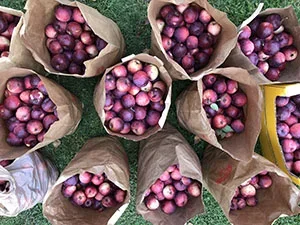
Fall brings many things to Bennington campus: yellowing foliage, a herald to summer’s dying blaze with subtle cold snaps, and amongst these things: apples. A common good, beloved by many for their bounty, but simultaneously bothering others for their propensity to litter the lawns and walkways.
This year’s apple season has been particularly marked by an influx in demand for apples and subsequent apple based products. In particular, Elena and Rahe, both first years who have requested to only be identified by their first names, have taken to selling applesauce outside of D-Hall with samples running $1 and full jars being sold for $10. Both cite the venture as having sprang out of spontaneity.
“I was just hungry,” says Rahe.
“I remember when I got here, I was, I saw the apple trees, and I was like, that would be disappointing if someone didn’t make a bunch of apple pie or something,” adds Elena.
The recipe, originally provided by Rahe’s mother, was an immediate hit, with the first batch running over twenty jars; this sparked a passion for applesauce and multiple following batches were made, which with peer support led them to expand their business pursuits. Elena also notes their entrepreneurial ventures as being originally sponsored by Student Life.
“Our first customer actually just bought a bunch for her toddler,” says Elena.
The process itself is laborious, completed by Elena and Rahe, without the use of mechanical equipment: even upon cooking, the apples are homogenized manually, with a potato masher.
“The library actually has an apple core and peeler, and we checked that out, but decided that it sucked,” says Elena. “I hated it, so we peeled them all by hand.”
Overall, response to the product itself has been positive– despite some student complaints regarding the sauce’s mushiness or reports that it is “chunkier than usual.”
“Well, I actually didn’t like applesauce before I had the applesauce that we made. So I think that’s as good a testimony as any,” says Elena.
However, competition for apples has arisen between both the applesauce makers and a sustainable agriculture class whose first assignment was to each pick a bushel of apples. Strife has mainly arisen because of the apples from the tree outside the barn, which are arguably superior.
“We like the apples best there,” says Elena.
“We only used the one tree, ‘til the apple cider kids took them,” adds Rahe.
The class, APA 2348: Sustainable Agriculture, Building Regenerative and Resilient Communities taught by Kelie Bowman, centers around the relationship between food and the environment, as well as exemplifying ways agriculture can actually give back to the ecosystem of which it is a part. Working in tandem with The Purple Carrot Farm, a large portion of the curriculum is centered around hands-on work: one of the first projects involving a partnership with an unnamed local cider company.
“It was very clear there were less apples visibly on one of the trees,” notes Lindsey Faust, a fourth year, and student in APA 2348. “The hardest part is that they had everyone in that class, like twenty four of us or something, pick apples from campus which were used towards their company. We got to take a sample home, but the vast majority of it was given to them: to the local market and such.”
Regarding both the applesauce and the cider, student response to the commodification of a common good has been mixed. On the one hand, students deserve to be paid for their time and labor; on the other, privatization has ultimately led to the decreased availability of apples, particularly those favored from the trees outside the barn.
“They sell to a market in town which is sweet, but why not to the dining hall or the students? It’s for all of us, it’s a common good, not to be taken and sold for profit while excluding us,” says Alex Libby, a second year and apple enthusiast.
Regarding the situation, Bowman suggested that if students are so passionate about apple supplies, they are encouraged to take initiative, proposing stewardship positions.
“I would encourage people to not think of it as extractive, and instead, think of regenerative agriculture as more of a reciprocal relationship,” says Bowman, regarding the situation.
As the season draws to a close, it seems unlikely that there will be many more apple-based resource competitions, given that the cider project has finished, and both Rahe and Elena have stated there is no longer enough fruit on the trees for applesauce– though both have affirmed they are interested in reviving the business next year. Ultimately, the apples are a shared resource, with the potential for student engagement and community building. None of this actually spells doom; for those still looking to get their apple fix, there are still many other trees (even if not preferred), with plenty of apples remaining on campus.
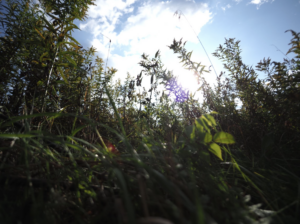
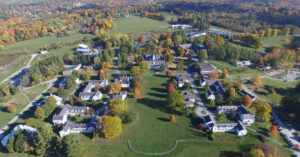
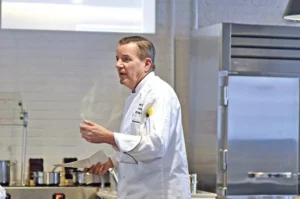

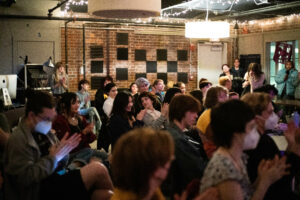
Be First to Comment